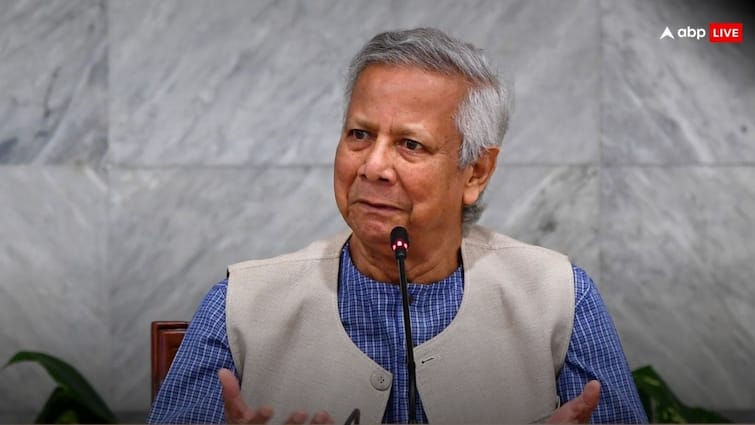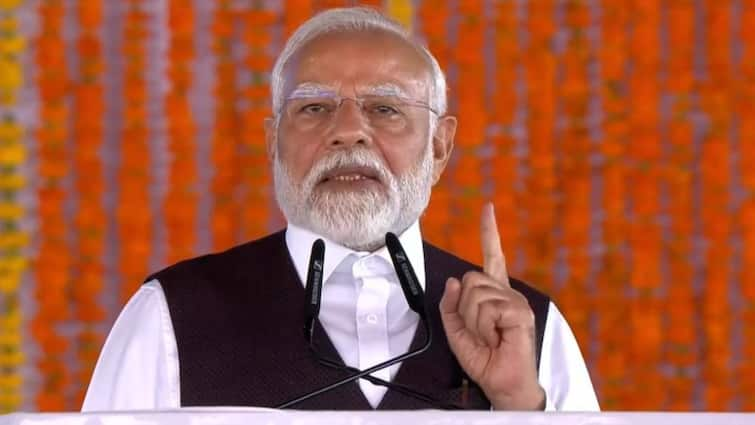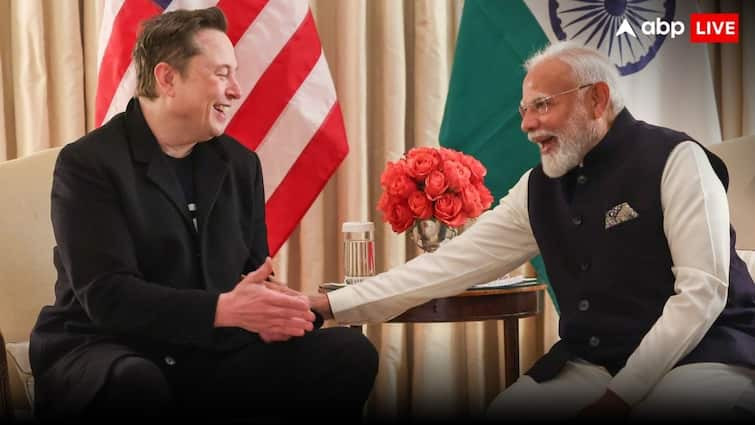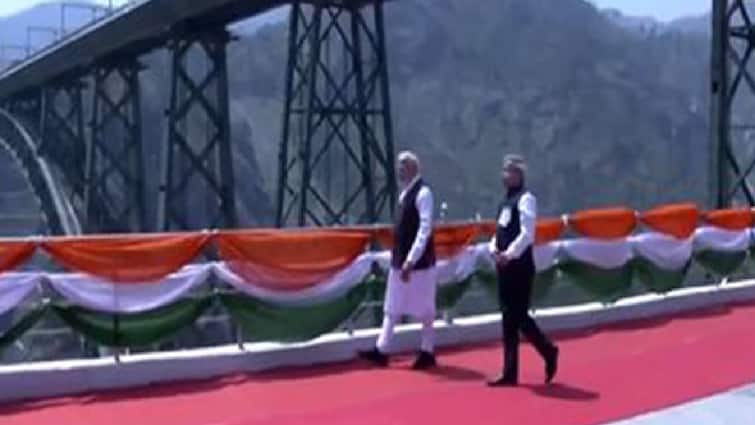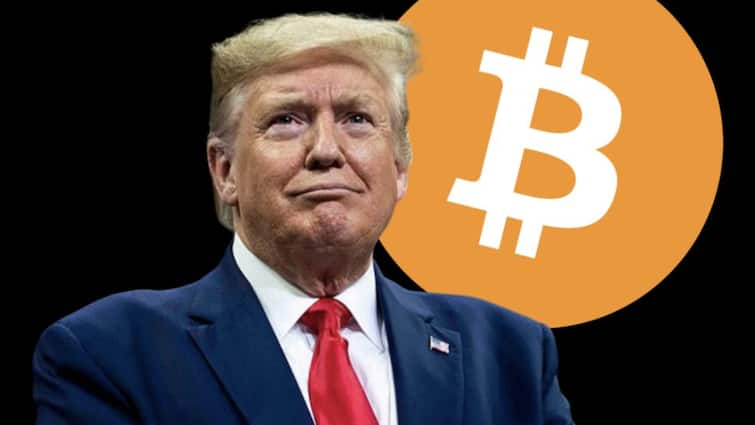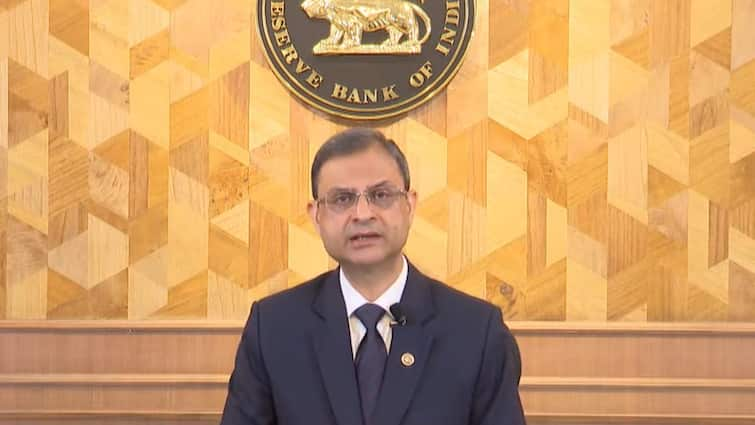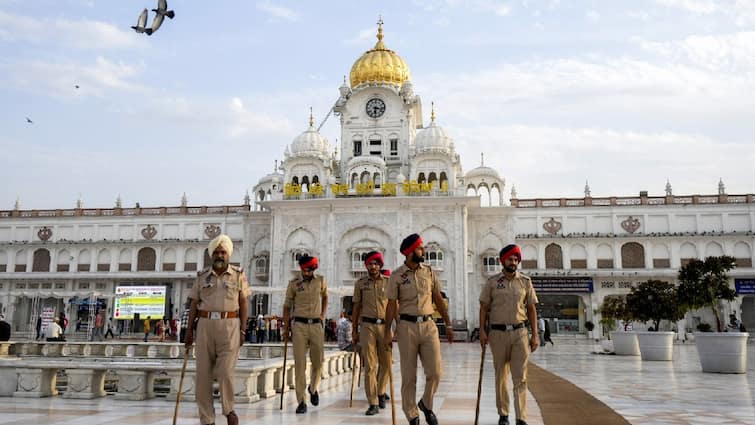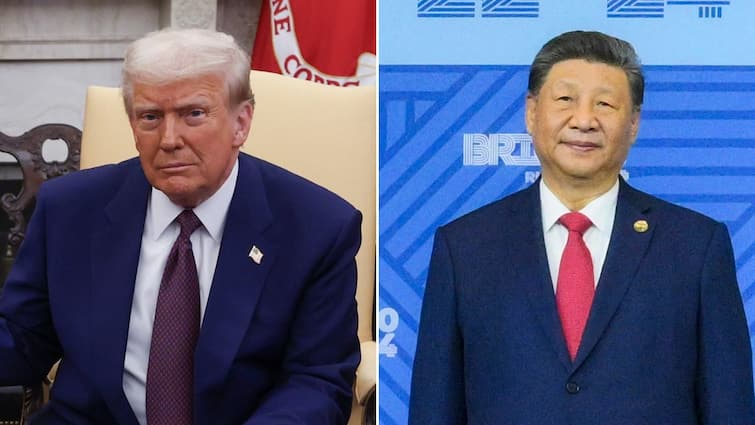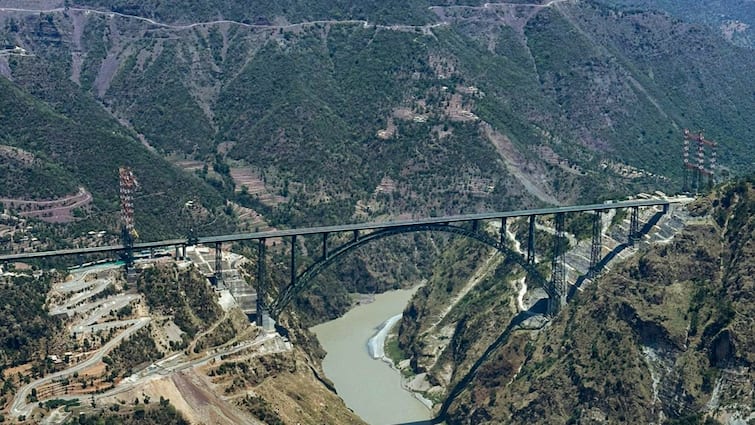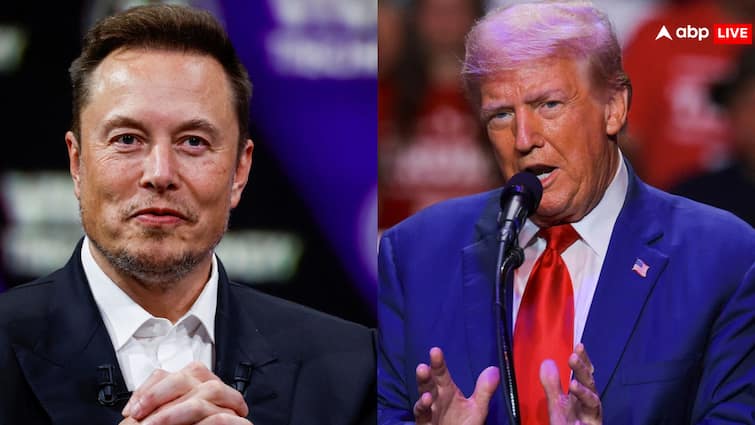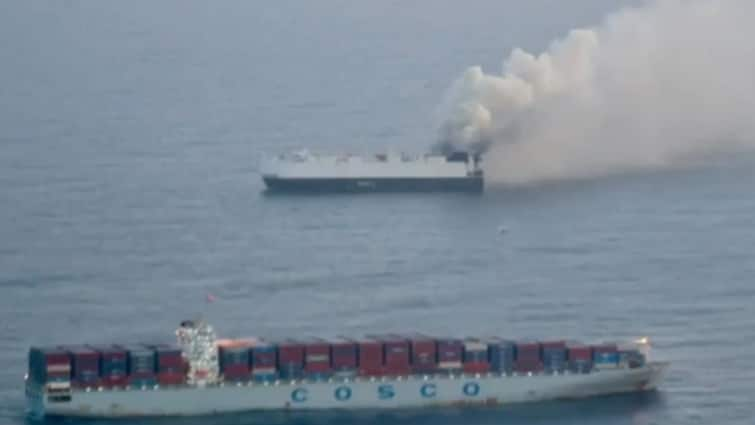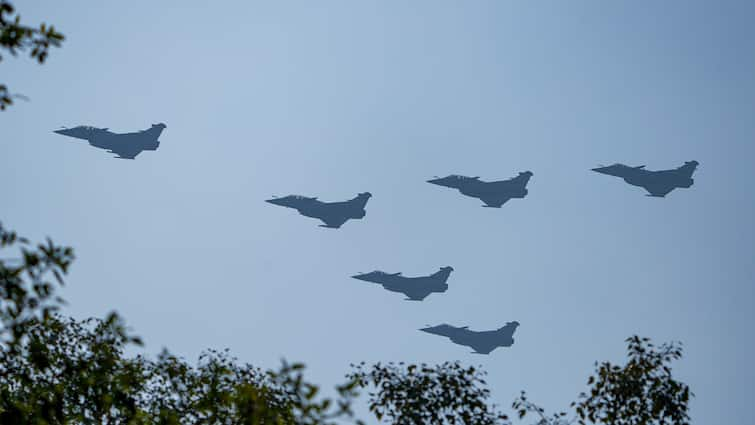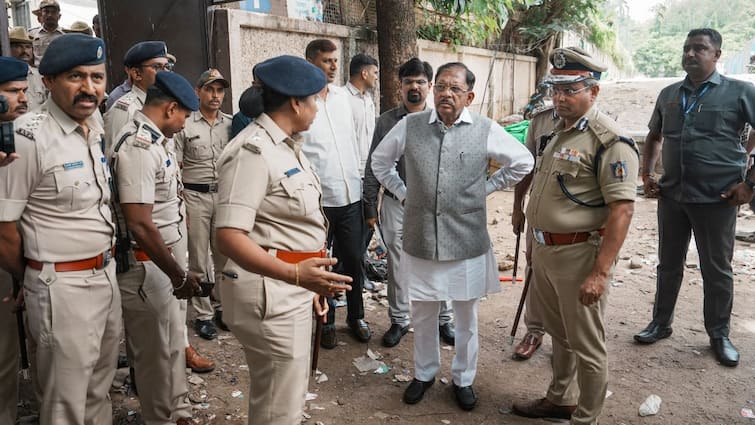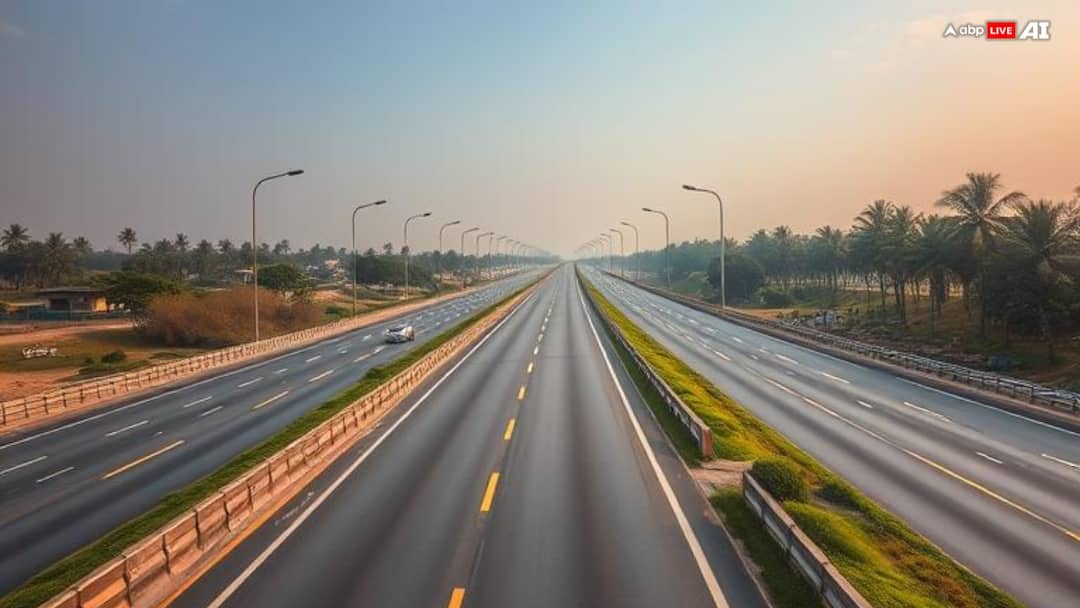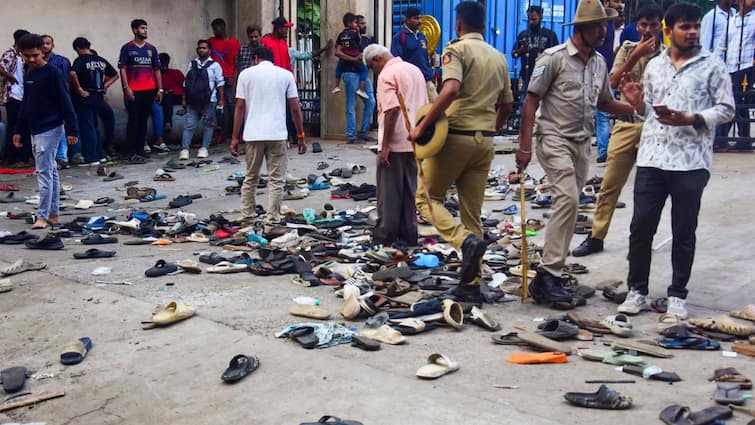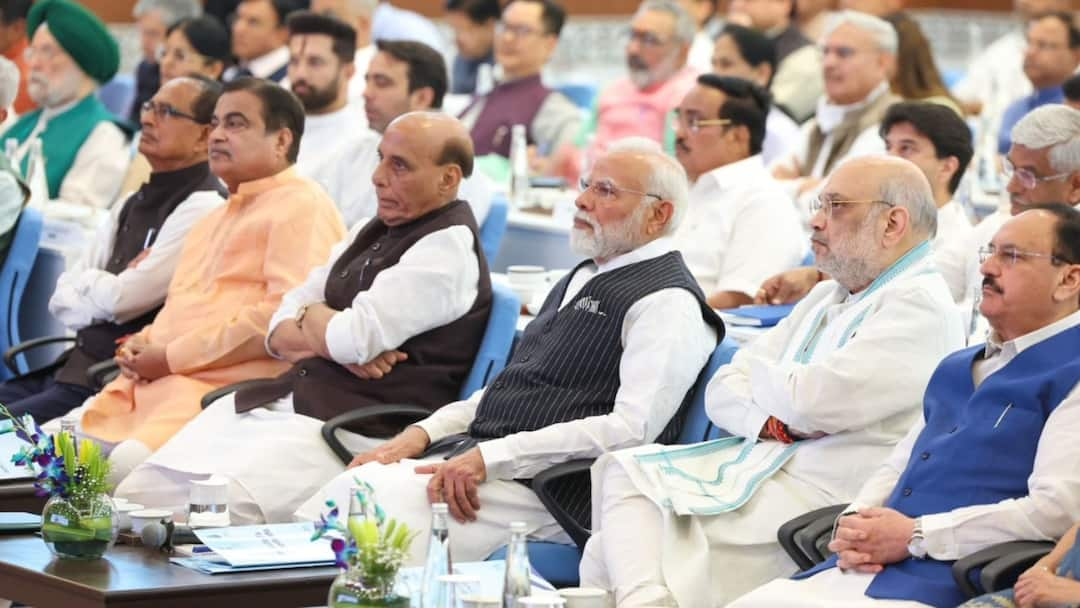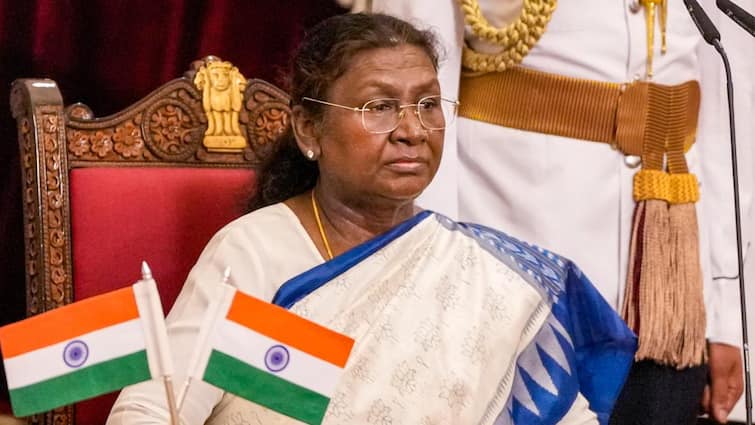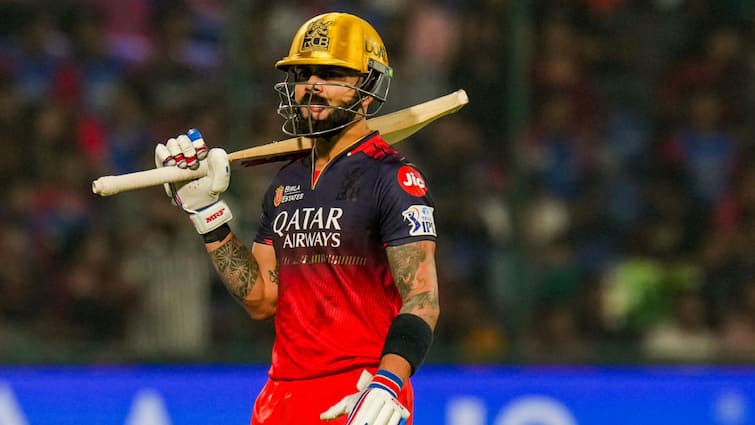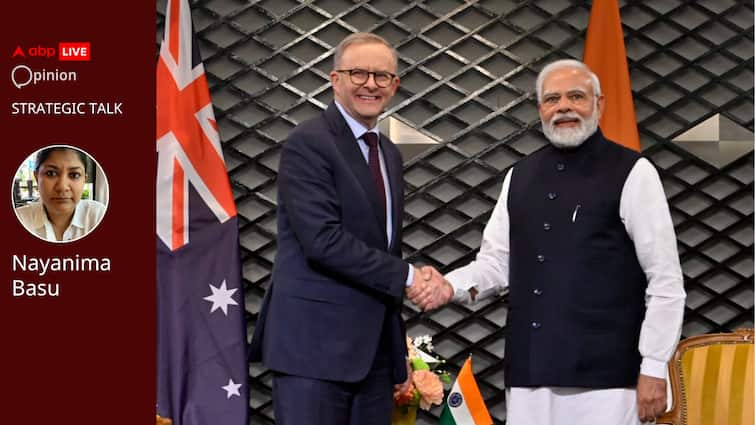
India and Australia have now marked five transformative years since they enhanced their bilateral relationship to a Comprehensive Strategic Partnership. This crucial development occurred during a time when the world was experiencing a significant shift in geopolitical dynamics, particularly regarding security alliances and supply chain networks.
The India-Australia partnership was officially established on June 4, 2020, amidst the peak of the Covid-19 pandemic, representing a remarkable turning point in the diplomatic ties between these two nations. This momentous agreement came after a notable period in which India had refrained from involving Australia in maritime military exercises, fearing that such actions might provoke displeasure from China.
Today, Australia regards India as a “like-minded” country, recognizing its growing importance in maintaining stability and security within the Indian Ocean region. This recognition is particularly significant given Australia’s extensive coastline in the Indo-Pacific and its vast Exclusive Economic Zone. As concerns about China’s increasing assertiveness in the region continue to mount, Australia is increasingly wary of the threats posed by Beijing. Consequently, Canberra views India as a vital ally, one that can help counterbalance these challenges and work collaboratively to ensure safety and security in the Indo-Pacific waters.
ALSO READ | Opinion: Dialogue Is The Strategy Pakistan Fears, Munir Will Thrive Only If There Is A War
The recent visit of Australia’s Deputy Prime Minister and Defence Minister, Richard Marles, to India underscores the critical importance of enhancing defence ties and fortifying the strategic partnership between the two nations. Since the onset of 2020, the geopolitical landscape in the Indo-Pacific region has become increasingly complex and multifaceted, prompting both Australia and India to take significant steps towards deepening their bilateral relations. Their commitment to aligning their national interests is evident; however, the full potential of this partnership, which aims to meet Canberra’s expectations, still remains largely untapped.
A pivotal moment in this evolving relationship was the signing of the Comprehensive Strategic Partnership, in which both nations agreed to place greater emphasis on the defence component of their collaboration. This agreement paved the way for the establishment of two landmark defence pacts: the Australia-India Mutual Logistics Support Arrangement, which facilitates logistical cooperation between the two armed forces, and the Defence Science and Technology Implementing Arrangement, intended to bolster joint research and development in defence technologies. These agreements represent a significant step towards operational interoperability and mutual support.
Building on this momentum, the inaugural India-Australia 2+2 Ministerial Dialogue took place on September 11, 2021, marking a crucial platform for high-level discussions on defence and foreign policy issues. This dialogue format involves both defence and foreign ministers, reflecting the depth of their strategic engagement.
In addition to defence, economic collaboration has also seen renewed focus. Following a hiatus, India and Australia have restarted negotiations for the Comprehensive Economic Cooperation Agreement (CECA), a vital step towards strengthening their economic ties. Although the main CECA is still under discussion, both countries have succeeded in signing an initial agreement, the Economic Cooperation and Trade Agreement (ECTA). This interim accord aims to provide preferential access to a variety of products, laying the groundwork for a more expansive economic partnership in the future.
Overall, while significant progress has been made in both defence cooperation and economic collaboration, the journey towards realising the full scope of the potential partnership between Australia and India is ongoing. The commitment of both nations to work closely together in an increasingly challenging regional context is crucial for achieving their shared objectives.
ALSO READ | Elections Or Not, India Unlikely To Hand Over Ex-Bangladesh PM Sheikh Hasina To Dhaka
However, Australia wants India to become more vocal about China and participate in a range of military exercises that are aimed at Beijing. This is because India is not willing to risk upsetting China after somewhat settling the 2020 border crisis. While Australia seeks to counter China’s influence, New Delhi must exercise caution and consider its own strategic interests in navigating this complex geopolitical landscape.
In 2023, India participated in Exercise Talisman Sabre as an observer. This exercise, which is a major bilateral military exercise between the US and Australia, was a demonstration of their military strength and the strength of their partnerships with other countries. India’s limited participation was a political decision, potentially influenced by concerns about China’s reaction. In 2025, India is expected to participate in Exercise Talisman Sabre as an active participant marking a substantial change in the strategic partnership.
Nayanima Basu is a senior independent journalist.
[Disclaimer: The opinions, beliefs, and views expressed by the various authors and forum participants on this website are personal and do not reflect the opinions, beliefs, and views of ABP News Network Pvt Ltd.]
Doonited Affiliated: Syndicate News Hunt
This report has been published as part of an auto-generated syndicated wire feed. Except for the headline, the content has not been modified or edited by Doonited




